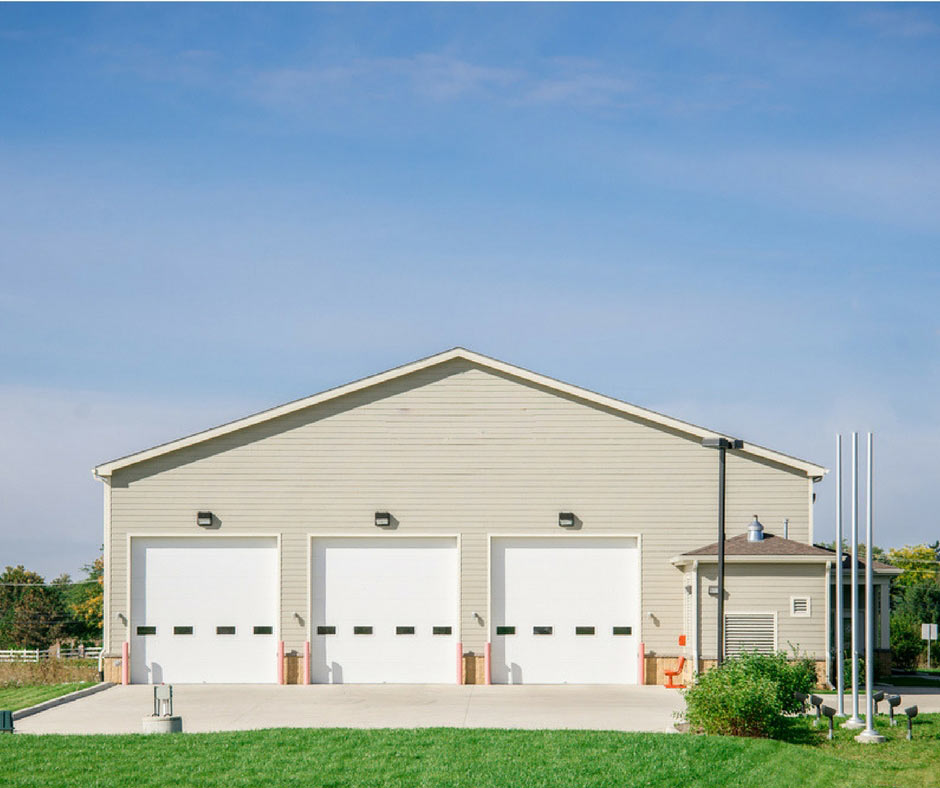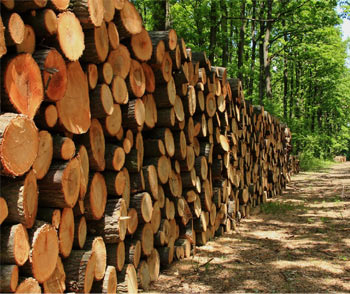« Blog Home
Steel vs. Wood Frame Buildings: Which Type is More Eco-Friendly?

If you’ve been looking to build a new home, space for your business, or add a building to your personal or company property, but want to do so with the environment in mind, you’re smart to weigh the pros and cons of metal framing vs. traditional wood construction. And, based on a general cultural belief (combined with strong messaging from the timber industry), you may be leaning toward a wood frame building.
After all, wood is the most natural, sustainable, renewable building resource around, so constructing the entirety of your building — studs to siding — is the way to go … right? Well, not so fast. While many think a wood frame building is the obvious choice for a smaller impact on the Earth, steel frame buildings are better for the environment in many ways, both immediate and long-lasting!
The experts at Worldwide Steel Buildings are breaking down the facts:
Common Misconceptions about Wood Buildings & the Environment
An inescapable fact is that all large manufacturing operations leave behind a carbon footprint. No matter how sustainable a practice or process, it is going to produce CO2 (as well as other byproducts) at scale, regardless of what material is being manufactured, delivered and assembled. The sticking point in this case is to consider the material. Let’s look at the following factors:
- Of all materials, what will last longest before needing to be replaced?
- What material requires little to no additional treatment?
- Which choice is able to do the job while using as little of the material as possible?
- What material can be recycled almost entirely?
The answer to all of these questions is not wood and not concrete, but steel.
Wood vs. Steel – the Great Debate

Which is more environmentally friendly: steel frame construction or wood frame construction? A quick Google search on the environmental impact of various building materials is swift to bring wood to the forefront of this great question. In answering, however, the search results focus primarily on wood’s renewability.
However, that perspective is misleading to consumers. The truth is, being renewable is not the same thing as being sustainable. The timber industry likes to remind consumers that for every tree harvested during clear cutting, two saplings are planted in its place.
What they don’t like to acknowledge is that it can take decades before the saplings are ready for harvesting, with the highest value trees being forty-nine years old at harvest.
Now that the ecosystem has been disturbed, the wood harvested, machined, treated, and so on, it’s become a sturdy long-lasting material with countless uses and recycling options…. right? Unfortunately, that too is a myth.
The wood industry stays quiet about how wooden frames, siding, and other items used in wood structures are only single-use. Once a wooden building has reached the end of its life cycle, whether from natural long-term wear or other common challenges of wood frame buildings, like termites or dry rot), there isn’t much to be done with it aside from demolition and/or incineration. That’s due to the fact that treated wood used in the construction industry cannot be recycled. That’s a lot of time and energy for an arguably temporary material.
Our steel trusses, on the other hand, are made from 97% recycled steel, and are substantially recyclable when (or if) they’re ready for a new life.
Steel Buildings Are Sustainable
In addition to literally being the most recycled material in the world, steel is also one of the easiest materials to repurpose. But it will also need to be repurposed a lot less often. Once a steel building is constructed, it will not need to be replaced for a long, long time. This is due in part to steel being wind resistant, fire resistant, durable in the face of natural disasters (like high winds and heavy snow loads) and, of course, immune to the damaging effects of moisture, mold and infestations. The combined durability and longevity of steel construction means that when you purchase a steel building for your property, you’re paying for a material that can do more for less, and be recycled almost in its entirety for years. Talk about sustainable!
Energy efficiency is also a major component in the environmental impact of wood vs. steel construction materials. Over the life of the building, steel requires much less energy to heat, cool and insulate, reducing its residual impact on the environment year over year (and reducing long-term costs for the owner, too … just another of the many steel building benefits we could go on and on about).
Plus, because steel frames are non-combustible, a metal building doesn’t run the risk of being a fire hazard in the same way a wood building would. Imagine the environmental damage that a wood building could cause accidentally, for decades after it’s built! While steel buildings impact the environment upon construction, their environmental impact of a steel structure is largely over at the completion of its construction project. Wood buildings, on the other hand, have the potential to wreak havoc on the environment for as long as they’re standing.






